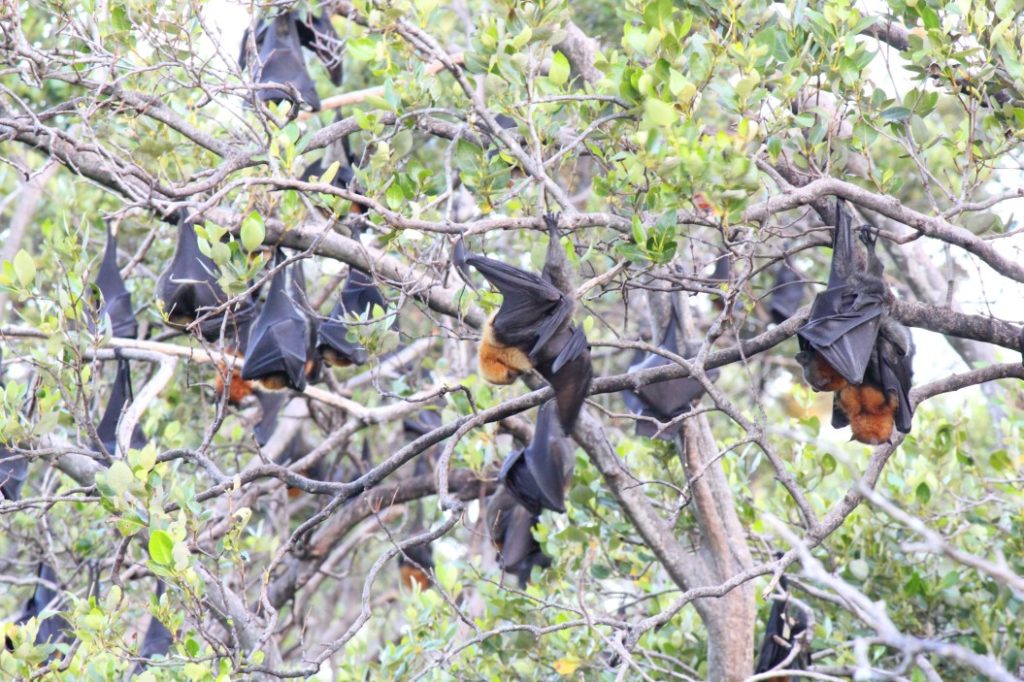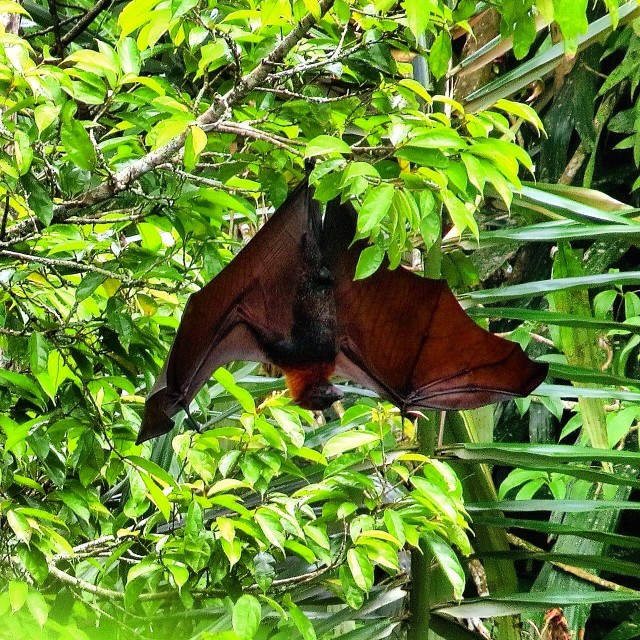The disease that’s hurting populations

White nose syndrome has been detected in many North Carolina counties over the past year. The deadly disease affects hibernating bat populations. Bats die from the disease when they wake up from hibernation to clean the fungus off of themselves, thus using up vital energy that was to be used to get them through the winter.
North Carolina has 17 species of bats that are native to the state. Although bats get a bad rap at times, they help our ecosystem in many ways. Bats eat the bugs that eat crops, protecting farmers from serious losses. The U.S. Geological Survey estimates that if bats were gone from North America, agricultural losses would amount to $3.7 billion a year.
For information on bat removal, check out Triangle Wildlife Removal & Pest Control, Inc.
Pathogen that causes bat disease detected in North Carolina
According to the North Carolina Wildlife Resources Commission, the fungal pathogen Pseudogymnoascus destructans (Pd) that causes white-nose syndrome has been found.
White-nose syndrome has killed million of bats in the United States since it was first detected 13 years ago. Biologists have detected the first evidence of Pd in Madison, Montgomery, Rowan and Gaston counties. Read more
Summary: White nose syndrome has been detected in many North Carolina counties over the past year. It has greatly affected bat populations across the United States.
🦇 VIDEO | N.C. Bat Surveys: https://t.co/lH2jtUs5jr
To determine bat distribution and hibernation sites in North Carolina, track the spread of white-nose syndrome and estimate population trends for certain species, @NCWildlife conducts monitoring across the state. pic.twitter.com/5nVrVi8Ehp
— N.C. Wildlife (@NCWildlife) October 31, 2019
NC bats improve your day every night
Bats often get a bad rap, evoking images of vampires and other horrors that go bump in the night.
But scientists who spent three nights working in the North Carolina swamps are scared to think what our lives would be without them.
North Carolina is home to 17 species of bats, with hundreds of thousands of the winged mammals spread out across the state. Learn more
Summary: North Carolina has 17 species of bats that are native to the state. Although bats get a bad rap at times, they help our ecosystem in many ways.
